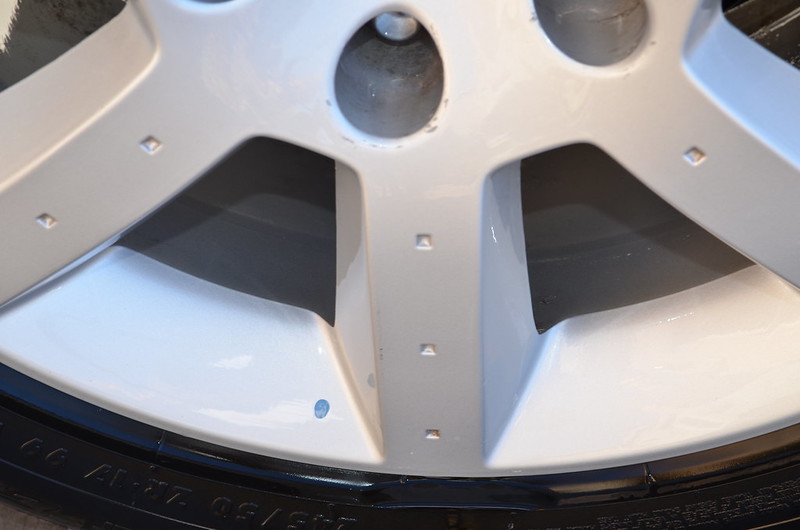HateSwirls
New member
- Jun 24, 2013
- 3,632
- 0
I've never used such a product but I read so many articals on it, people seem to benifit from it.
My RAV is an 08'
My truck is 17 years old
Is it time to use Iron-X?
I clay twice a year, isn't claying enough?
My RAV is an 08'
My truck is 17 years old
Is it time to use Iron-X?
I clay twice a year, isn't claying enough?



